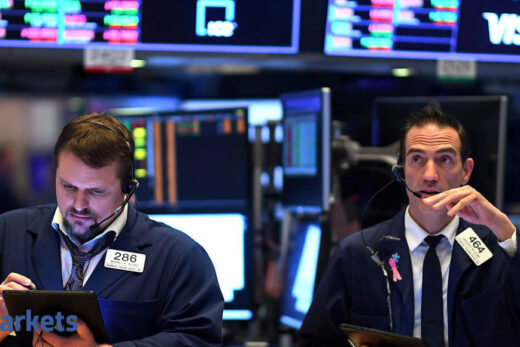“The determination of when to begin to slow asset purchases will depend importantly on the accumulation of evidence that substantial further progress on employment has been achieved,” Brainard said in remarks prepared for delivery to the Aspen Economic Strategy Group. “As of today, employment has some distance to go.”
Earlier this week Fed policymakers began tackling in earnest the thorny questions of how soon and how quickly to trim their current $120 billion in monthly asset purchases, aimed at boosting economic growth by pushing down on borrowing costs.
Brainard’s assessment of progress on the labor market front was in line with that of Fed Chair Jerome Powell, who at the end of the Fed’s meeting on Wednesday said the U.S. job market still had “some ground to cover” before the Fed could start to taper its bond purchases.
But Brainard also offered something new: a potential hint on the timing of any taper decision, at least for her.
“Importantly, I expect to be more confident in assessing the rate of progress once we have data in hand for September, when consumption, school, and work patterns should be settling into a post pandemic normal,” Brainard said.
The U.S. Labor Department releases its September jobs report on Oct. 8, and the next Fed policy meeting after that takes place in early November.
If job gains continue at the same pace as the second quarter, she said, about half of the 9 million jobs gap relative to the pre-pandemic trend would be made up by the end of 2021. “If, instead, the rate of job growth were to accelerate notably, those levels could be reached somewhat sooner,” she added.
In addition to progress on employment, the Fed’s taper decision depends on progress towards the Fed’s 2% inflation goal.
Inflation readings in recent months have come in higher than expected, with the core PCE price index shooting up 3.5% in the 12 months through June, the largest gain in the Fed’s preferred inflation gauge since December 1991. It rose 3.4% in May.
Those high readings are likely to be transitory, Brainard said Friday, as they reflect supply-demand imbalances in a “handful” of sectors like cars and travel. On a 24-month measure, she noted, core PCE inflation is running at 2.3%.
While she is attentive to the risks that upward inflation pressures could broaden or prove persistent, she said, she sees no signs that they are getting embedded into consumers’ and businesses’ inflation expectations.
“If inflation moves persistently and materially above our target, we would adjust policy to guide inflation gently back to target,” she said.
Worries about the potential for high inflation are, however, prompting several of the Fed’s 18 policymakers to want to get going quickly on the bond-buying taper.
Earlier Friday, St. Louis Fed President James Bullard said the Fed should start reducing its bond purchases this fall so that it doesn’t end up needing to raise rates sharply, and possibly spark a recession, if inflation remains high.
Brainard’s comments did not suggest any such rush. She noted that the decision to taper is distinct from any decision to raise rates. That will depend on a three-part test the Fed laid out last fall: reaching full employment, 2% inflation and being on track to exceed 2% inflation for some time.
“Remaining attentive to changing conditions and steady in our step-by-step approach to implementing policy under our new framework should ensure that the economy’s momentum is sufficient when tailwinds shift to headwinds” later this year and beyond, as the support from massive government spending during the pandemic fades, she said.



